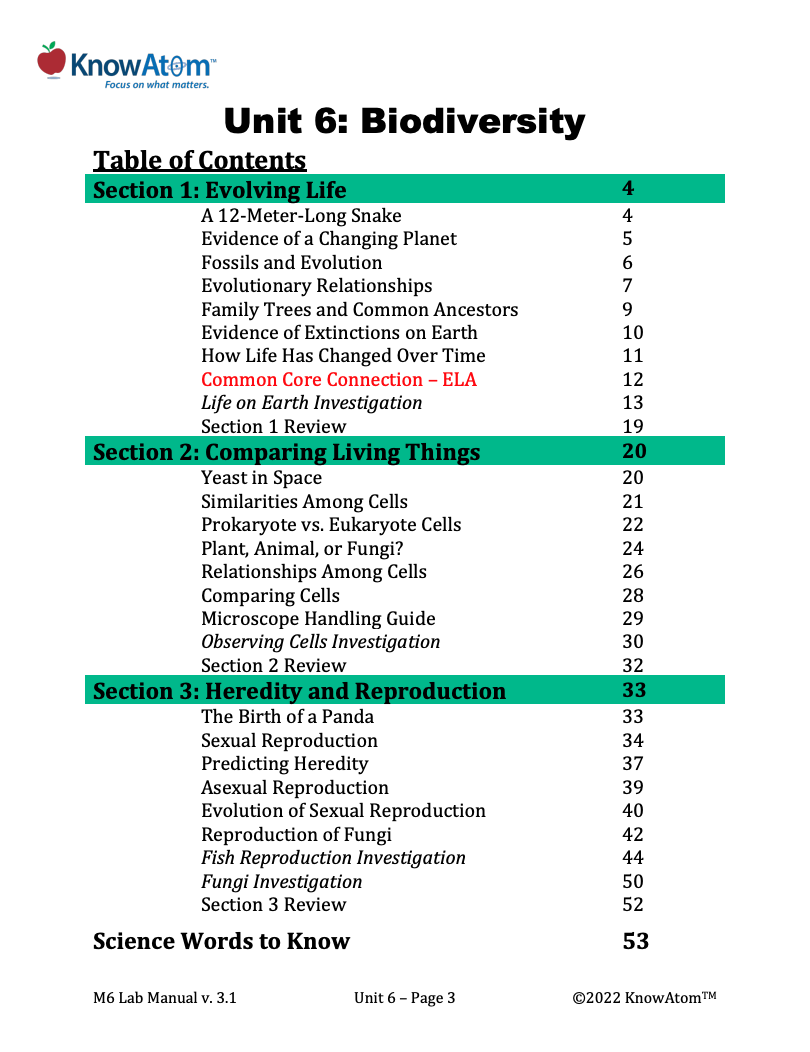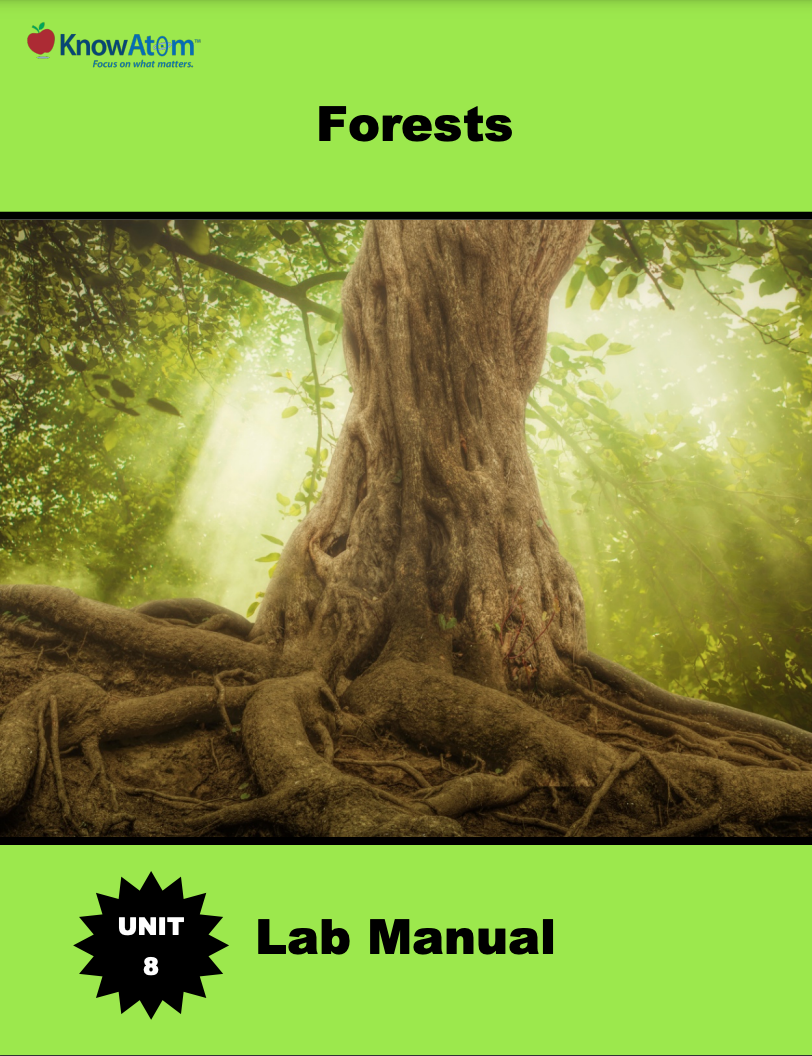.png)
In this unit, students explore science phenomena of the life forms that live on Earth, analyzing the cellular structures that make up complex organisms and figuring out how different groups of cells work together to keep the organism functioning properly. This page shows extracts from each part of this lesson.
.png)
In this unit, students focus on the relationship between an organism’s cellular structure and the ability of the organism to access energy to carry out essential life functions. Students begin by examining prokaryotic and eukaryotic cells under the microscope and then compare organelles in plant and animal cells in this lesson. This page is a high-level extract of this lesson.
.png)
In this unit, students focus on the organisms that live on Earth’s surface, analyzing how living things are made of cells, which have certain requirements for survival, including food, water, and energy. In this lesson they explore the phenomena of cellular membranes. This page highlights key parts of this lesson.

In this unit, students focus on science phenomena related to the diversity of life, analyzing how scientists use the fossil record to tell of how life has evolved over time. In this lesson, students then compare the phenomena of cellular diversity in fungi, plant, and animal cells, exploring how similarities can be used to support evolutionary relationships. This page is a high-level extract of this lesson.

In this unit, students explore the phenomena of forest ecosystems, studying the science phenomena of interactions between living things and the environment. In this lesson, students investigate how plants carry out photosynthesis to convert the sun’s energy into a form of energy they can use to grow and develop. This page highlights key parts of this lesson.
Standards citation: NGSS Lead States. 2013. Next Generation Science Standards: For States, By States. Washington, DC: The National Academies Press. Neither WestEd nor the lead states and partners that developed the Next Generation Science Standards were involved in the production of this product, and do not endorse it.
